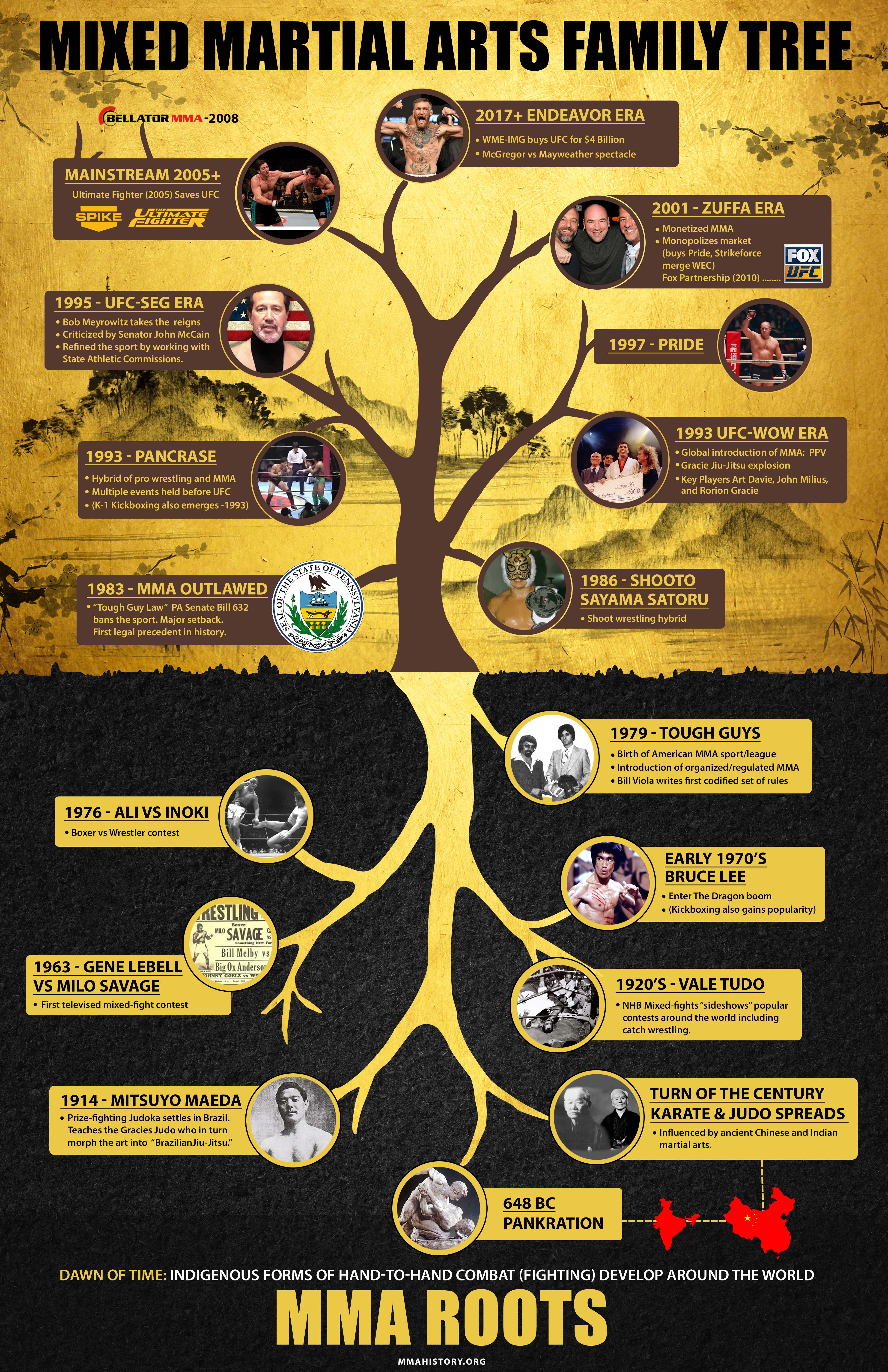Standard Martial Arts And Modern Battle Sports: A Thorough Summary Of Their Distinctive Differences
Standard Martial Arts And Modern Battle Sports: A Thorough Summary Of Their Distinctive Differences
Blog Article
Composed By-Ware Snedker
When you think of martial arts, do you lean more toward the traditional practices or the contemporary battle sporting activities? Each path supplies one-of-a-kind benefits and experiences, formed by their approaches and training methods. Traditional martial arts stress personal development and self-control, while contemporary battle sports concentrate on competition and efficiency. Understanding these differences can guide you in picking the ideal strategy for your journey. Yet exactly how do these distinctions manifest in training and philosophy?
The Viewpoint and History Behind Typical Martial arts
While lots of people associate martial arts with physical fight, the approach and history behind typical martial arts run much deeper. You'll locate that these disciplines highlight individual growth, self-control, and respect.
Originating from ancient practices, standard martial arts were usually created for Self-Defense and spiritual advancement. They personify concepts such as equilibrium, harmony, and self-discipline, assisting specialists past plain fighting abilities.
As you train, you'll not just learn methods yet likewise obtain understandings into the culture and worths that shaped these arts. The rituals and practices, commonly passed down through generations, promote a sense of community and belonging.
The Competitive Nature of Modern Fight Sports
Modern battle sports have actually transformed the landscape of martial arts right into a highly competitive field, where professional athletes take on in a test of ability, technique, and endurance.
You'll notice that competitions are often arranged with stringent policies and policies, ensuring justice and safety and security. These occasions bring in huge target markets, sustaining the enjoyment and intensity of competitions.
Athletes train carefully, not just for physical expertise however also for psychological durability, recognizing that every detail counts in the ring. The adrenaline rush throughout competitions is palpable, as competitors press their limits to declare triumph.
Fans appreciate the athleticism and virtuosity entailed, making modern-day combat sporting activities a thrilling spectacle that continues to progress and astound lovers all over the world.
Training Techniques and Strategies: A Relative Analysis
The competitive environment of modern-day combat sporting activities demands innovative training techniques that differ substantially from typical martial arts.
In modern-day training, you'll focus on certain methods, sparring, and conditioning, often making use of drills that mimic real battle scenarios. You'll see an emphasis on quantifiable performance and regular competitors to assess your skills.
On premier martial arts belt order , standard martial arts prioritize types, katas, and thoughtful teachings, often stressing discipline and respect over competition.
Training is usually less extreme and might involve recurring technique instead of real-time sparring.
While both approaches construct skill and physical fitness, contemporary combat sports supply a much more vibrant and versatile training atmosphere, preparing you for prompt challenges in the ring or cage.
Select https://48hills.org/2023/08/legendary-oakland-martial-arts-club-and-its-fouder-face-eviction/ that straightens with your goals and rate of interests.
Final thought
In choosing between conventional martial arts and modern combat sports, it actually boils down to what you value many. If you're trying to find individual growth, discipline, and a sense of area, standard arts might be your finest fit. But if you grow on competitors and real-time challenges, modern combat sporting activities could be the way to go. Eventually, both paths provide distinct advantages, so it's everything about straightening your training with your personal goals and interests.
